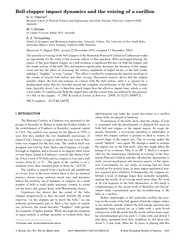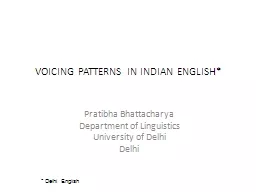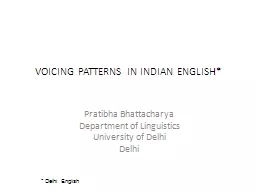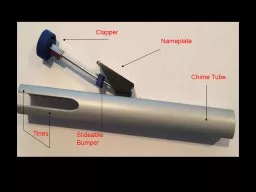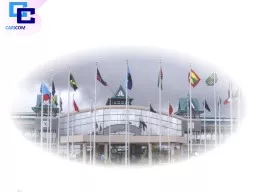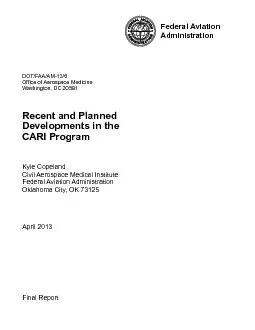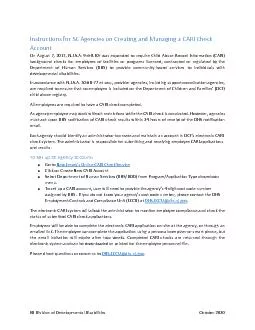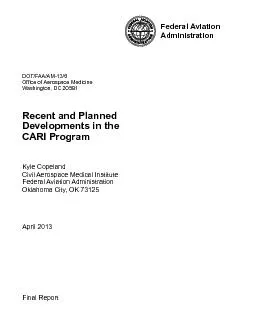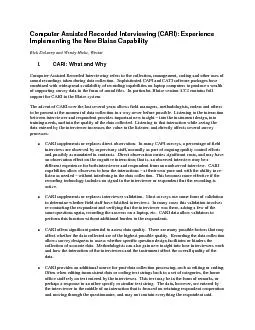PDF-Bell clapper impact dynamics and the voicing of a cari
Author : liane-varnes | Published Date : 2015-05-15
H Fletcher a Research School of Physical Sciences and Engineering Australian National University Canberra 0200 Australia W T McGee 61 Calder Crescent Holder 2611
Presentation Embed Code
Download Presentation
Download Presentation The PPT/PDF document "Bell clapper impact dynamics and the voi..." is the property of its rightful owner. Permission is granted to download and print the materials on this website for personal, non-commercial use only, and to display it on your personal computer provided you do not modify the materials and that you retain all copyright notices contained in the materials. By downloading content from our website, you accept the terms of this agreement.
Bell clapper impact dynamics and the voicing of a cari: Transcript
Download Rules Of Document
"Bell clapper impact dynamics and the voicing of a cari"The content belongs to its owner. You may download and print it for personal use, without modification, and keep all copyright notices. By downloading, you agree to these terms.
Related Documents

